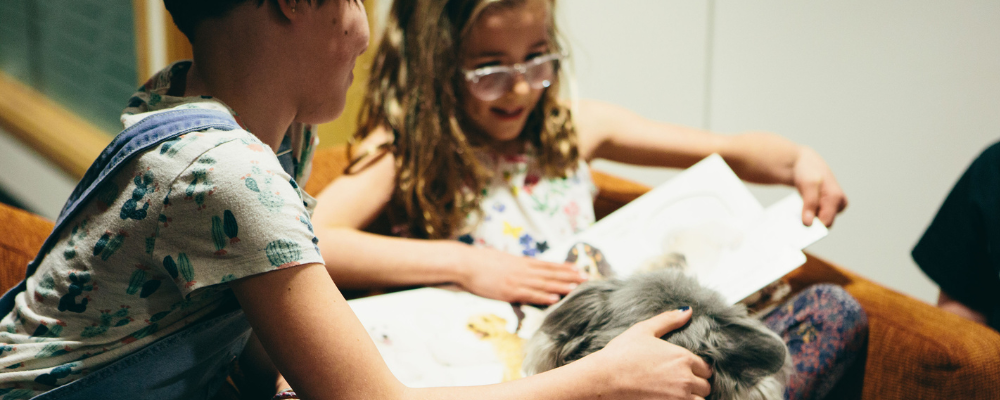
International Literacy Day (Sept. 8) brings attention to the importance of literacy as a human right. According to UNESCO there are “at least 771 million young people and adults that lack basic literacy skills.” Even within Canada, there are a significant number of students who experience difficulties with oral language and literacy skills which can have an impact on their communication, ability to learn and future employment opportunities.
Dr. Jessica Chan, Assistant Professor, is a reading researcher and teacher educator committed to advancing the science of reading for language diverse learners. Her inspiration for reading research stems from personal experience and community interactions.
“Growing up, I navigated between two language systems and cultures where I developed my home language and culture through my family and learned English in school,” says Dr. Chan. “Both my parents were immigrants to Canada and education was a pathway for discovering the world around us and afforded opportunities that were not available to them. In meeting with families across different contexts, our discussions always led to questions about how their child was performing on literacy, whether the activities they were pursuing was effective, and what could they try next.”
Taking inspiration from this year’s International Literacy Day theme, Transforming Literacy Learning Spaces, Dr. Chan has provided a few ideas for ways families can help improve their children’s literacy and language development.
“For me, this theme celebrates all the spaces where literacy learning can take place,” says Dr. Chan. “We can examine how different environments offer language learning opportunities. Literacy learning in informal and formal literacy spaces offers children of all ages a variety of experiences to engage with their world. When we reconsider where literacy learning takes place, we offer opportunities to connect learning between our home, community, and school.”
Take a walk
Taking a walk together gets you active and offers a number of learning opportunities:
- Take a walking tour and learn about the history of the land
- Bring a book along to identify local flora (e.g., the Arrowleaf Balsamroot, also known as the Okanagan Sunflower) and fauna (e.g., Kokanee salmon). Your local library will be able to assist you in finding the right book.
- Have your child plan a route and provide directions
Share family history
Share family stories and have your child write or draw them out. For older children, you can challenge them to interview family members and create a memory book together. It doesn’t have to be stories either, even following the steps for a favourite family recipe together is a great way to practice reading.
Enjoy community resources
Take advantage of community resources such as your local library, art gallery or museum.
At the library, ask your children questions about their interests and explore opportunities to connect with the community through their programming. Providing time and space for your child to answer to questions such as “Why did you choose this one?”, “What do you think this book is about?” or “What makes this book interesting to you?” can support their language skills.
At the gallery or museum, you can ask your child about the exhibit, what parts they liked, what they learned or what they might want to learn more about and create their own portfolio of the places they have visited.